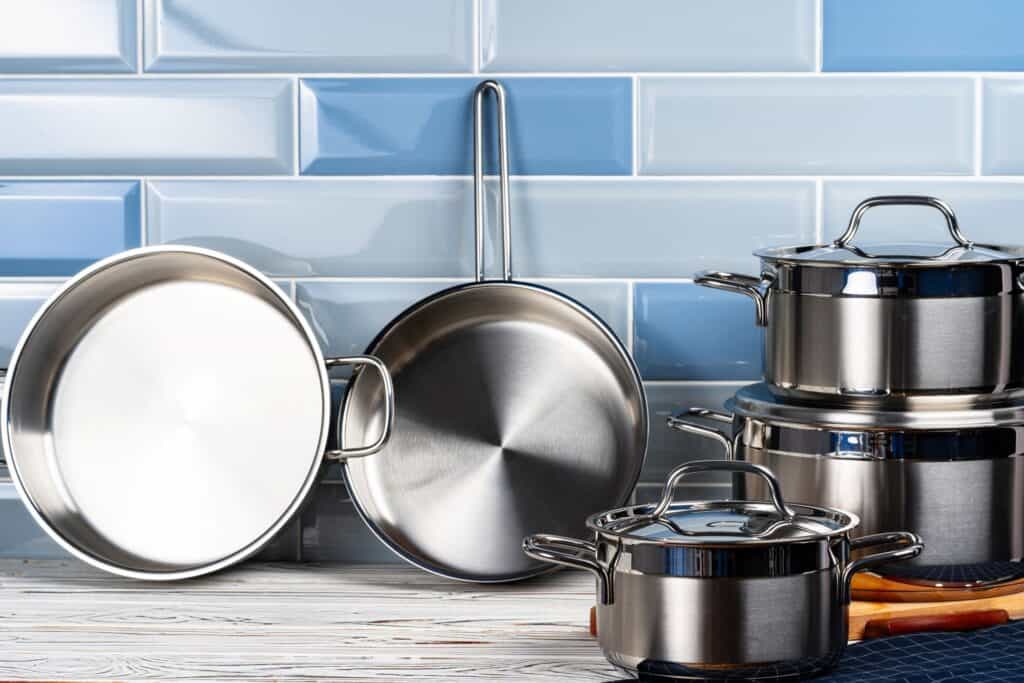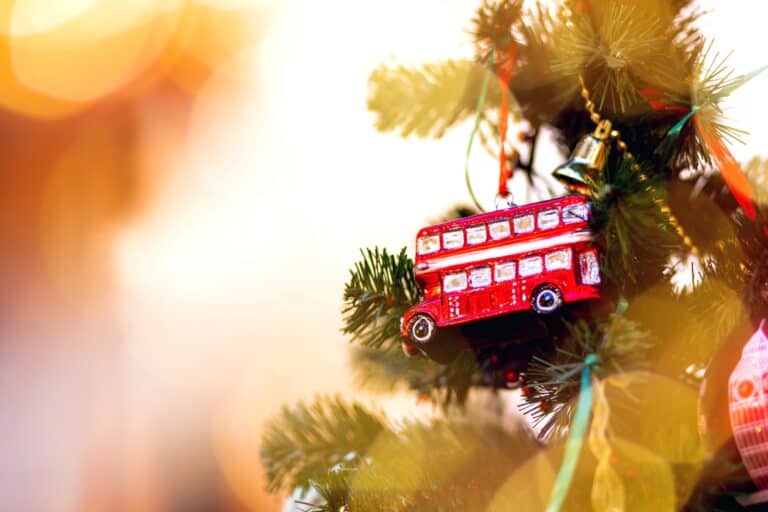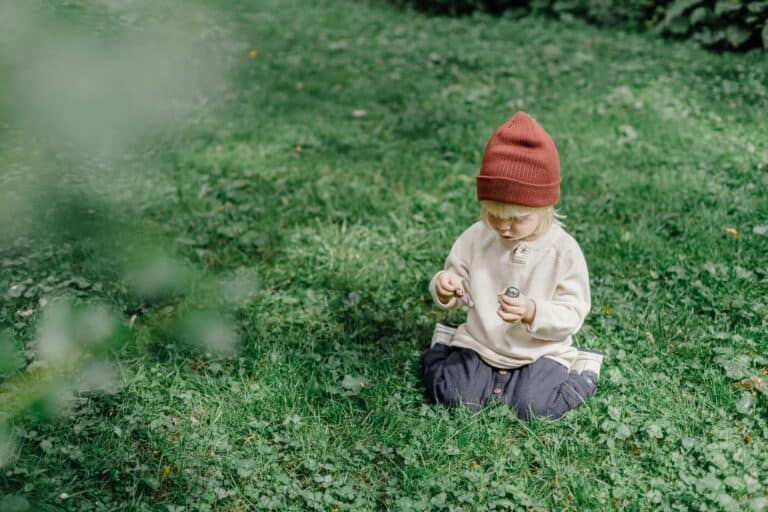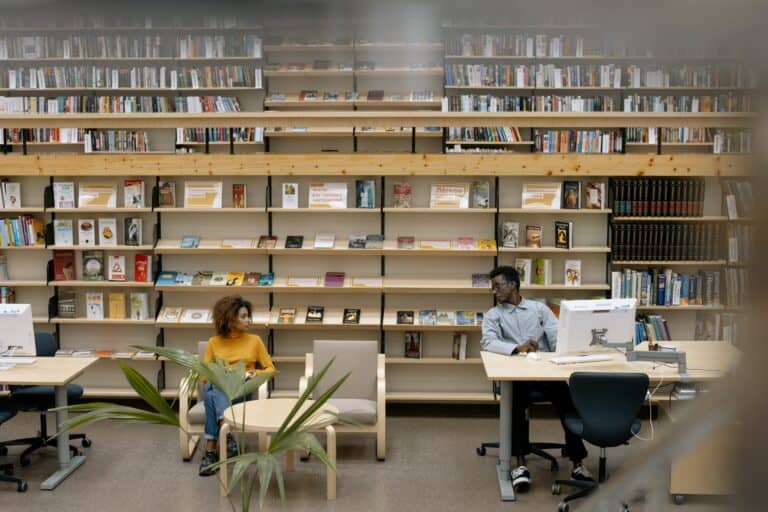Ensuring your household items arrive intact during a move can be challenging. This guide will show you how to pack household items safely for a move, covering essential tips and techniques to protect your belongings. You’ll learn about the best packing materials, strategies for organising, and methods for safeguarding fragile items. Let’s get started on making your move worry-free with ‘packing household items safely for a move’.
Key Takeaways
- Start packing early and create a strategic timeline to avoid last-minute chaos.
- Invest in high-quality packing supplies and wrap delicate items individually to ensure they’re well-protected.
- Clearly label boxes and use a colour-coding or numbering system to make unpacking easier.
Packing Overview
Embarking on a move can feel overwhelming, but starting with a clear plan can make all the difference. Begin by sorting through your belongings and deciding what to keep, donate, or discard. This initial step not only reduces the volume of items to pack but also helps you stay organised.
Next, gather all necessary packing supplies, such as boxes, bubble wrap, packing paper, and tape. Investing in high-quality materials will ensure your items are well-protected during the move. As you pack, label each box clearly with its contents and the room it belongs to, making the unpacking process much smoother.
Consider enlisting the help of professional packing services if you have valuable or fragile items that require special care. Whether you’re moving locally or across the country, these tips will help you get started on the right foot, ensuring a more efficient and stress-free move.
Start Packing Early and Strategically
Imagine a move where every item has its place, and the chaos of last-minute packing is a distant memory. It’s possible! The secret is to begin packing early and adopt a strategic approach. Picture your moving day as a production, and you’re the director. With a script in the form of a packing timeline and an arsenal of packing materials, you’ll orchestrate a smooth transition.
Start packing at least six weeks ahead, giving yourself enough time to declutter, sort, and pack items. This turns an overwhelming task into something manageable.
Declutter Before You Pack
Before you wrap a single fragile item in bubble wrap, take a step back and assess. Do you need to bring everything to your new home? Decluttering is like shedding old skin; it’s rejuvenating. Identify items that no longer serve you to reduce the load and make room for new experiences.
Selling, donating, or recycling can not only lighten your load but also someone else’s heart. It’s about taking only what you love and truly use, ensuring your new home is a sanctuary, not a storage unit.
Create a Packing Timeline
Tick-tock, the clock is ticking, but with a packing timeline, you’ll beat the clock. Start with the non-essentials – those books you’ve read, the vase that’s always on the top shelf, and the seasonal decorations. Create a checklist to function as a roadmap for a successful move.
Room by room, box by box, you’ll navigate the packing process, ensuring that when the moving house day arrives, you’re not just ready; you’re poised for a smooth move.
Gather All Necessary Packing Supplies
The foundation of a successful move is built on the packing supplies you gather. It’s like going into battle with the right armour. From sturdy cardboard boxes to resilient packing tape and bubble wrap, these materials are the guardians of your belongings. Ensure you have enough boxes and wrapping materials to create a protective cocoon for each item, safeguarding them against any jostles and jolts during the move.
Remember, it’s not just about having supplies; it’s about having the right supplies.
Invest in High-Quality Boxes
The quest for the perfect box is paramount. Heavy-duty boxes with reinforced walls are the knights in shining armour for your books and dishes. They stand guard against the pressure of stacking and the rigours of transport.
Remember, a box brimming with items is a box begging for trouble. Keep it manageable; your back will thank you. And when you tape up all the boxes, go the extra mile around the corners and edges – it’s the difference between a safe arrival and a moving day mishap.
Stock Up on Wrapping Materials
Bubble wrap is the pop star of moving, but there are unsung heroes like foam wrap sheets, packing paper, and plastic bags that deserve a standing ovation. For those cherished electronics and small trinkets, sealable plastic tubs are the VIP lounges, keeping them secure and organised. And when it comes to filling those empty spaces in boxes, don’t overlook the household hacks – towels, sheets, and even toilet paper rolls can be the buffer your fragile items need. So, when deciding between paper or bubble wrap, consider the specific needs of your items.
Protecting Fragile Items
Fragile items are the VIPs of your moving journey, requiring red carpet treatment every step of the way. Whether it’s your grandmother’s china or that glass figurine collection, wrapping each piece individually in bubble wrap or packing paper is the equivalent of giving them a personal bodyguard.
And for the extra delicate, consider the embrace of small boxes and speciality boxes – these are the armoured vehicles in the world of moving, designed to shield your breakables from the bumps in the road.
Wrap Delicate Items Individually
Wrapping delicate items is a craft, each piece swaddled like a newborn in layers of bubble wrap or packing paper. Start with a cushioned base in the box, and as you nestle each wrapped treasure, ensure nothing is exposed. Think of it like a game of Tetris, where every move is calculated, and the space between items is just as important as the items themselves. This is your defensive strategy against the unpredictable paths of transit.
Use Specialty Boxes for Breakable Items
For your fine china, your stemware, and your irreplaceable collectibles, speciality boxes are the secret weapon. With dividers and reinforced walls, they do more than just contain; they protect. Trust in these guardians of glassware to bring peace of mind as your breakables embark on their journey in a separate box.
NOTE
When it comes to moving, the right box is not just a container; it’s a form of insurance. By choosing the appropriate specialty boxes, you ensure the safety of your most valuable items, transforming potential risk into reassurance.
Label Boxes Clearly
Now that your belongings are safely packed, labelling is the compass that guides them to their final destination. It’s the simple act of marking a box that transforms the chaos of moving day into a choreographed ballet of efficiency. Label your boxes to ensure that each item finds its way to the right room in your new home, transforming the unpacking process from a puzzle into a pleasure.
Colour-Coding System
The colour-coding system is your palette for an organised move. Assign a hue to each room and let the colours guide your boxes to their new domains. With a stroke of a coloured marker or the placement of a label, you turn a stack of identical boxes into a rainbow of order.
It’s a visual symphony that speeds up the moving process, saving you precious time and energy.
Number Your Boxes
With a numbering system, your boxes become a well-ordered collection. Each number is a clue, a breadcrumb trail leading to the contents within. With an inventory list as your legend, you’ll keep track of every item, ensuring nothing gets lost in the shuffle.
It’s a system of checks and balances that elevates your move from daunting to doable.
Disassemble Furniture Safely
As you prepare for the move, some of your larger pieces will need to come apart. Disassembling furniture is like solving a puzzle; with the right plan and tools, you can safely break down your furniture into manageable pieces.
Document the process with photos to create a visual manual for reassembly, which aids in placing each piece back to its rightful place in your new home.
Keep Hardware Organized
The nuts and bolts of moving furniture are literally the nuts and bolts. Keep these tiny but crucial pieces organised in labelled bags or containers, turning potential chaos into neat order. This simple step is a nod to future you, who will be grateful for the ease of reassembling each piece without a hardware scavenger hunt.
Wrap Furniture Parts
Once disassembled, your furniture’s individual parts need protection. Blankets and bubble wrap become the armour that shields wood and fabric from the scuffs and scratches of travel. Wrap each piece to not only move furniture but also preserve the story that each item tells.

Packing Electronics
Electronics add a layer of complexity to packing. They’re not just items; they’re the portals to our digital lives. Ensure that your electronics are ready for their journey by disconnecting, cleaning, and individually wrapping each device.
And when it comes to their boxes, the original packaging is like a custom-made suit, offering the perfect fit and protection.
Use Original Boxes If Possible
Original boxes for electronics are like the VIP sections in a club; they’re made for the stars of the show. They’re designed to snugly fit and protect your devices, complete with all the cushioning and support needed for a safe transit.
They’re designed to snugly fit and protect your devices, complete with all the cushioning and support …
When you use original packaging, you’re not just packing; you’re preserving.
Secure Cables and Accessories
Cables and accessories are the supporting cast in your electronic setup. Here are some tips to keep them organised:
- Label and store cables and accessories in sealable bags to prevent a tangled mess
- Make the setup at your new home a breeze by keeping everything organised
- It’s the difference between an easy plug-and-play and a frustrating knot-untangling session.
Preparing an Essentials Box
The essentials box is the heart of your first few days in a new home. It’s the box that holds the keys to normalcy amid the sea of packed life. From a change of clothes to the charger that keeps you connected to the world, this box is your lifeline. Think of it as the first aid kit for your home – packed with everything you need to settle in comfortably.
Overnight Bag
Your overnight bag is the personal assistant for your first night. It’s tailored to your immediate needs, holding your toiletries, clothes, and chargers. It’s about having the essentials at hand so you can rest and recharge, ready to tackle the next day of settling in.
First Aid Kit
Accidents can happen amid the hustle and bustle of moving. A first aid kit is a silent guardian, equipped to handle the scrapes and bumps along the way. It’s a small box with a big role, offering peace of mind as you navigate through the day.
Using Storage Units
Sometimes, not everything can make the immediate journey to your new home. That’s where storage units in Enfield step in, offering a temporary haven for your items. It’s vital to clean and protect your belongings before storing them, and equally important to choose the right kind of storage.
Climate-controlled units can be a sanctuary for temperature-sensitive items, ensuring that they remain in the same condition you left them.
Climate-Controlled Storage
Climate-controlled storage units in Enfield are the spa retreats for your sensitive items. They provide a stable environment, free from the swings of temperature and humidity, preserving the integrity of your electronics, antiques, and other vulnerable items. It’s an investment in their longevity and your peace of mind.
Elevate Items Off The Floor
Within the confines of a storage unit, elevation is your best defence against moisture and pests. Raise your items on pallets or plastic sheeting to create a buffer zone, safeguarding your belongings from unforeseen elements. It’s a simple step that can make a significant difference in the preservation of your items.
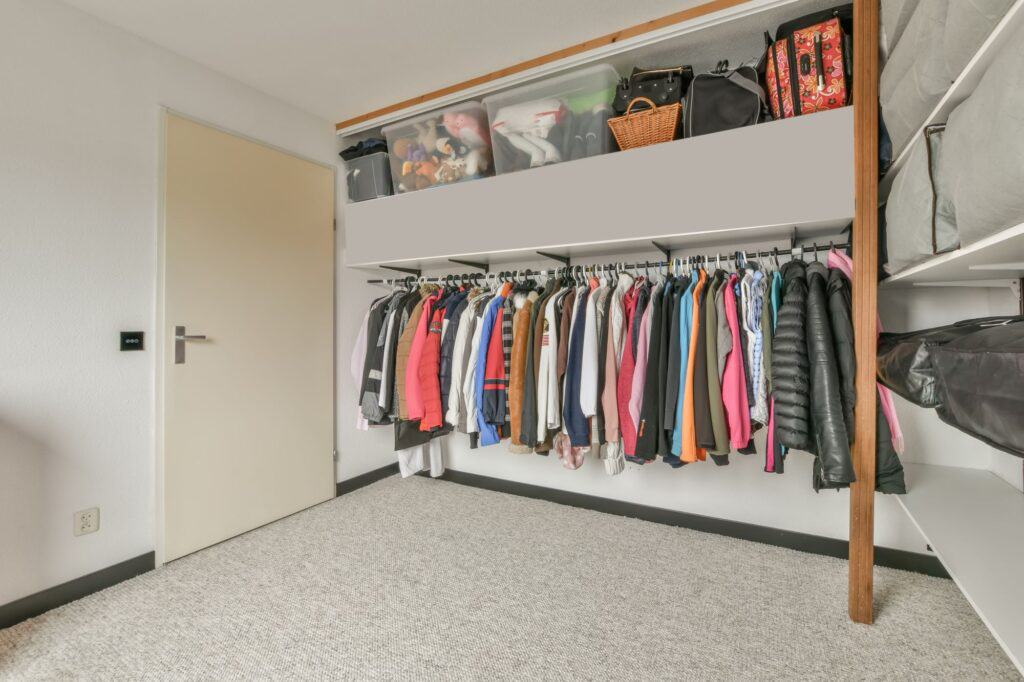
Hiring Professional Packing Services
For those who feel overwhelmed by the prospect of packing, professional packing services are a saving grace. Professional packing services contribute expertise, efficiency, and peace of mind to your move. Whether you opt for a full packing service or need specialists for your valuable items, these pros handle your belongings with the care they deserve, letting you focus on the excitement of your new beginning.
Full Packing Service
A full packing service includes:
- Expertly wrapping and boxing your items, from bulky furniture to tiny knick-knacks
- Taking control of the packing process
- Ensuring that every item is packed with techniques honed from experience to withstand the journey ahead
This service isn’t just about convenience; it’s about ensuring the safety and security of your belongings during the move.
For those with tight schedules or those who simply prefer to avoid stress, a full packing service is the ultimate moving luxury.
Specialist Packing for Valuables
When it comes to treasures that hold significant value, whether monetary or sentimental, specialist packing for valuables is the white-glove service for your move. Professionals use bespoke materials and methods to carefully pack each item, from fine art to family heirlooms, ensuring they’re securely packed.
Entrusting these irreplaceable items to experts not only protects them but also provides you with the assurance that they’ll arrive in pristine condition.
Summary
As we close the lid on this treasure chest of moving insights, remember that a successful move is all about preparation, protection, and peace of mind. From the strategic packing of your essentials box to the meticulous wrapping of each fragile item, every step you take is a step towards a seamless transition into your new home. With these expert tips in your moving arsenal, you’re not just changing addresses; you’re crafting the beginning of your next great chapter. May your move be as smooth as the road that lies ahead.
Frequently Asked Questions
How early should I start packing for a move?
Start packing at least six weeks before your move date to ensure a smooth process. Focus on packing items you won’t need in the weeks leading up to the move.
What kind of boxes should I use for heavy items like books?
You should use small, heavy-duty boxes for heavy items like books to make carrying them easier and reduce the risk of breakage.
How can I protect my fragile items during the move?
Wrap your fragile items individually with bubble wrap or packing paper, use speciality boxes with dividers for glassware, and avoid stacking heavy boxes on top of boxes containing fragile items to protect them during the move.
What should I include in an essentials box for moving day?
Make sure to include toiletries, a change of clothes, chargers, snacks, and a first aid kit in your essentials box for moving day. These items will be easily accessible and essential upon arrival at your new place.
Is it worth hiring professional packing services?
Yes, hiring professional packing services is worth it because they can save you time, reduce stress, and ensure your belongings are securely packed using expert techniques. It’s especially beneficial for those with tight schedules or high-value items that require special care.
